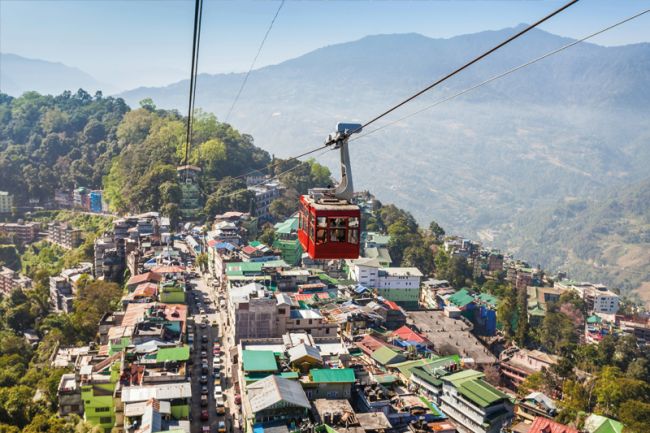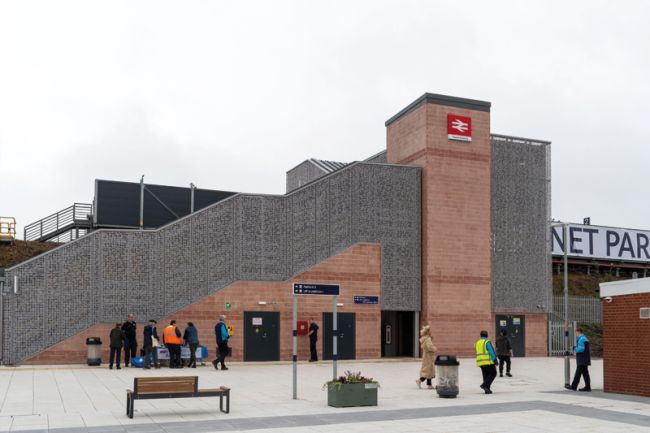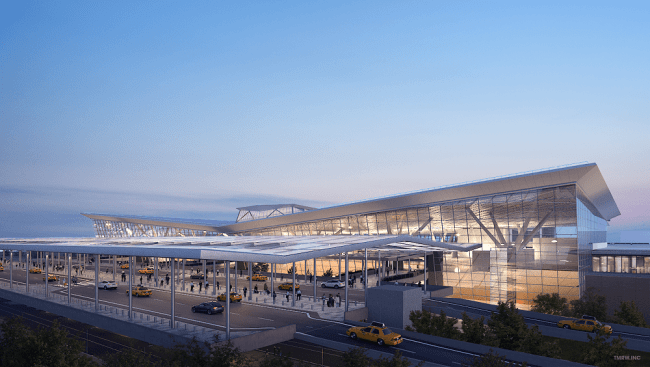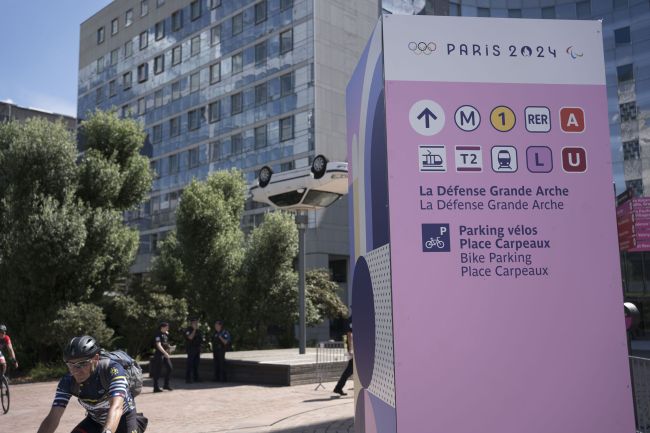The art of transforming a road into a venue
Turning a city street into a world-class event venue takes more than barriers and road closures; it takes months of planning, coordination and design to keep both runners and residents moving safely.
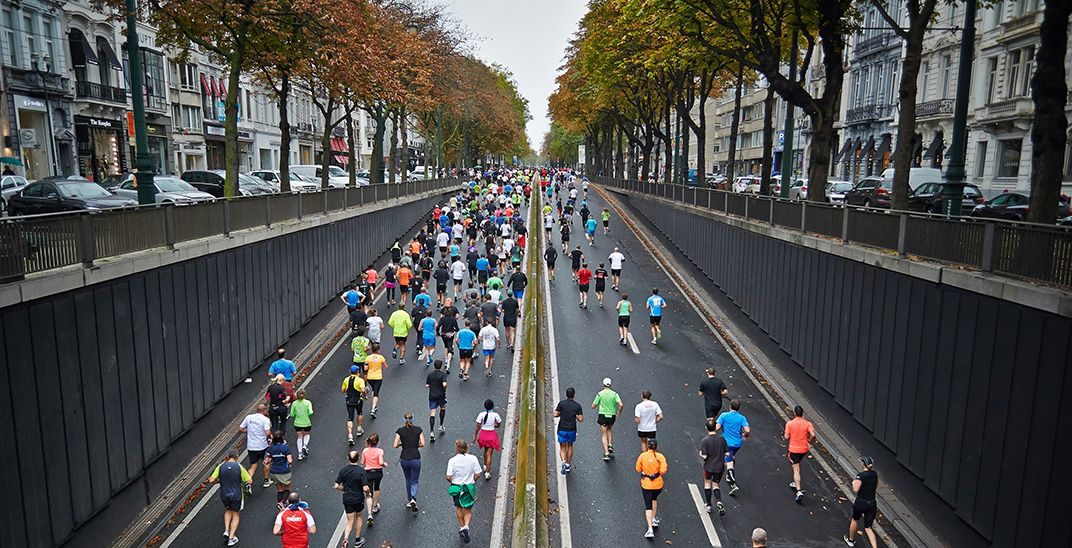
When we think of live events, we usually picture stadiums and arenas filled with cheering fans. Still, each year, cities around the world witness a transformation when ordinary roads become venues for the day.
Whether it’s the London Marathon through the streets of the UK capital, the Great North Run across the Tyne Bridge of Newcastle, or finishing the Sydney Marathon next to the Sydney Harbour Bridge, sporting events turn public infrastructure into stages for human endurance, community spirit and celebration.
But behind the scenes of triumph and achievement lie months and years of planning, coordination and logistics. Roads are designed to be the arteries of daily life, facilitating ordinary journeys, whether travelling to football training, grocery shopping, or a social trip to meet a friend for lunch. Turning them into a stage for sporting or cultural prowess is no mean feat.
Roads are uniquely suited to facilitating mass participation events. The scale of the likes of the New York City Marathon (with over 55,646 runners crossing the finish line in 2024) can’t be undertaken by running laps of Central Park; space is required (both for runners and spectators) on a scale that only roads can offer.
However, how we reimagine roads as accessible spaces for participants while minimising disruption for those not associated with the event is a delicate balance.
Stakeholder engagement: Working with stakeholders and adopting a partnership approach is essential, and it is no different when planning and delivering an event on the road. It's a fine balance between ensuring access and designing a route that meets the sport's technical and operational requirements, while also ensuring a city can continue to move following diversion routes with minimal disruption to a normal day. Working with and listening to stakeholders, learnt an understanding of the location and previous issues, and applying that knowledge is invaluable to event organisers.
Be adaptable: Whilst high-profile events such as the New York City Marathon have been established for several years, a lot can change between events. New infrastructure, building compounds and shifting traffic flows will all have an impact. Road-based events don’t have the luxury of permanent venues and must react to the ever-changing landscape of the cities they operate within.
Transport operators: How participants and spectators will travel to and from events is always a pressing concern. With an event that necessitates vast road closures, public transport networks are even more vital to pre- and post-event transit. Working with transport bodies and operators from the start of event planning is essential for managing crowds at stations, enhancing timetables to optimise operations, and having contingency plans in place to keep everyone moving.
Crowd management: Crowd management at road-based events presents unique challenges with spectators lining the route, occupying footpaths and moving between vantage points rather than remaining stationary. Understanding and planning for crowd movement across multiple areas and putting in associated crowd management overlays, such as barriers or stewards, is essential to keep both spectators and runners safe.
Route planning for spectators: The route is for spectators as much as participants, and planners need to take into account factors including street furniture and passive crowd movement, as well as space required for the event itself. Highlighting key locations on the route for spectators is important, as spectators often move from point to point to spot and motivate runners, meaning busy spots and transit hubs will be along the route, as well as at the start and finish area.
At Steer, our specialist Sports and Major Events team can support across the strategic planning and delivery of major sporting events. Helping organisers ensure the city keeps moving with effective traffic management strategies, working with public transport operators to enhance services and optimise timetables, and developing an effective crowd management plan through understanding movement known or expected spectator areas to deliver a solution that keeps crowds safe.
The planning and ultimate delivery of an event on a road and within a city requires detailed planning and an understanding of the bigger picture to ensure a safe and well-executed event. Good luck to everyone taking part in the New York City Marathon: NYC Marathon Landmarks.




